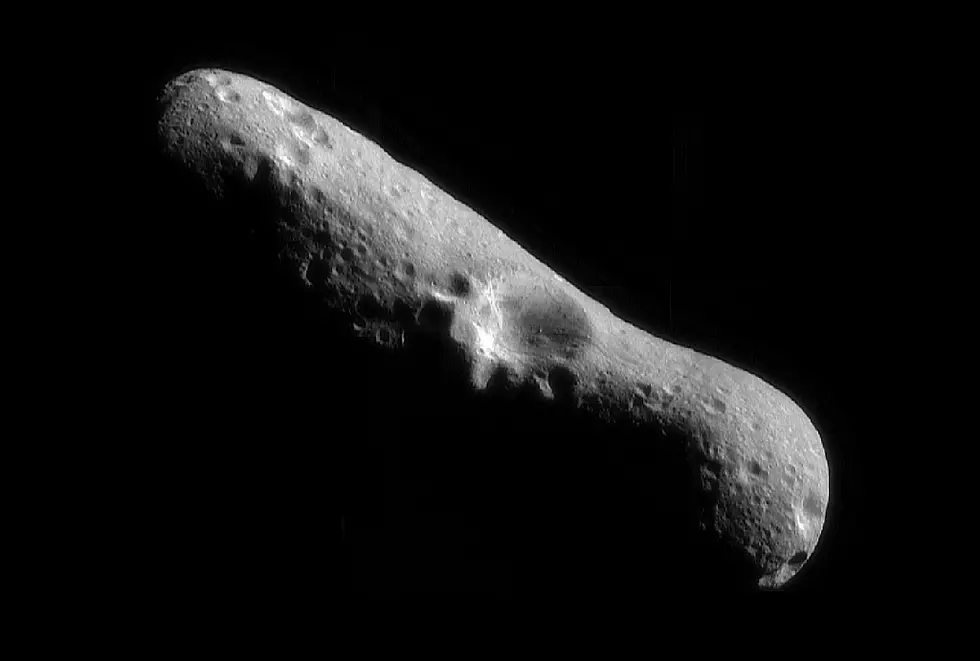
Cosmic Bullet DODGED!
That wind you felt? It was either generated by historic asteroid flyby Earth just experienced, or the collective sigh of its citizens. Except for some denizens of Russia, who faced problems with a cosmic cousin of the asteroid.
The AP reports that the 150-foot asteroid hurtled through Earth's backyard Friday, coming within an incredible 17,150 miles and making the closest known flyby for a rock of its size. In a chilling coincidence, a meteor exploded above Russia's Ural Mountains just hours before the asteroid zoomed past the planet.
Scientists the world over, along with NASA, insisted the meteor had nothing to do with the asteroid since they appeared to be traveling in opposite directions. The asteroid is a much more immense object and delighted astronomers in Australia and elsewhere who watched it zip harmlessly through a clear night sky.
Asteroid 2012 DA14, as it's called, came closer to Earth than many communication and weather satellites orbiting 22,300 miles up. Scientists insisted these, too, would be spared, and they were right.
The asteroid was too small to see with the naked eye even at its closest approach around 2:25 p.m. EST, over the Indian Ocean near Sumatra.
As asteroids go, this one is a shrimp. The one that wiped out the dinosaurs 65 million years ago was 6 miles across. But this rock could still do immense damage if it ever struck given its 143,000-ton heft, releasing the energy equivalent of 2.4 million tons of TNT and wiping out 750 square miles.
By comparison, NASA estimated that the meteor that exploded over Russia was much smaller — about 49 feet wide and 7,000 tons before it hit the atmosphere, or one-third the size of the passing asteroid.
As for the back-to-back events, "this is indeed very rare and it is historic," said Jim Green, NASA's director of planetary science. While the asteroid is about half the length of a football field, the exploding meteor "is probably about on the 15-yard line," he said.
"Now that's pretty big. That's typically a couple times bigger than the normal influx of meteorites that create these fireballs," he said in an interview on NASA TV.
Most of the solar system's asteroids are situated in a belt between the orbits of Mars and Jupiter, and remain stable there for billions of years. Some occasionally pop out, though, into Earth's neighborhood.
NASA scientists estimate that an object of this size makes a close approach like this every 40 years. The likelihood of a strike is every 1,200 years.
More From 99.9 KTDY






